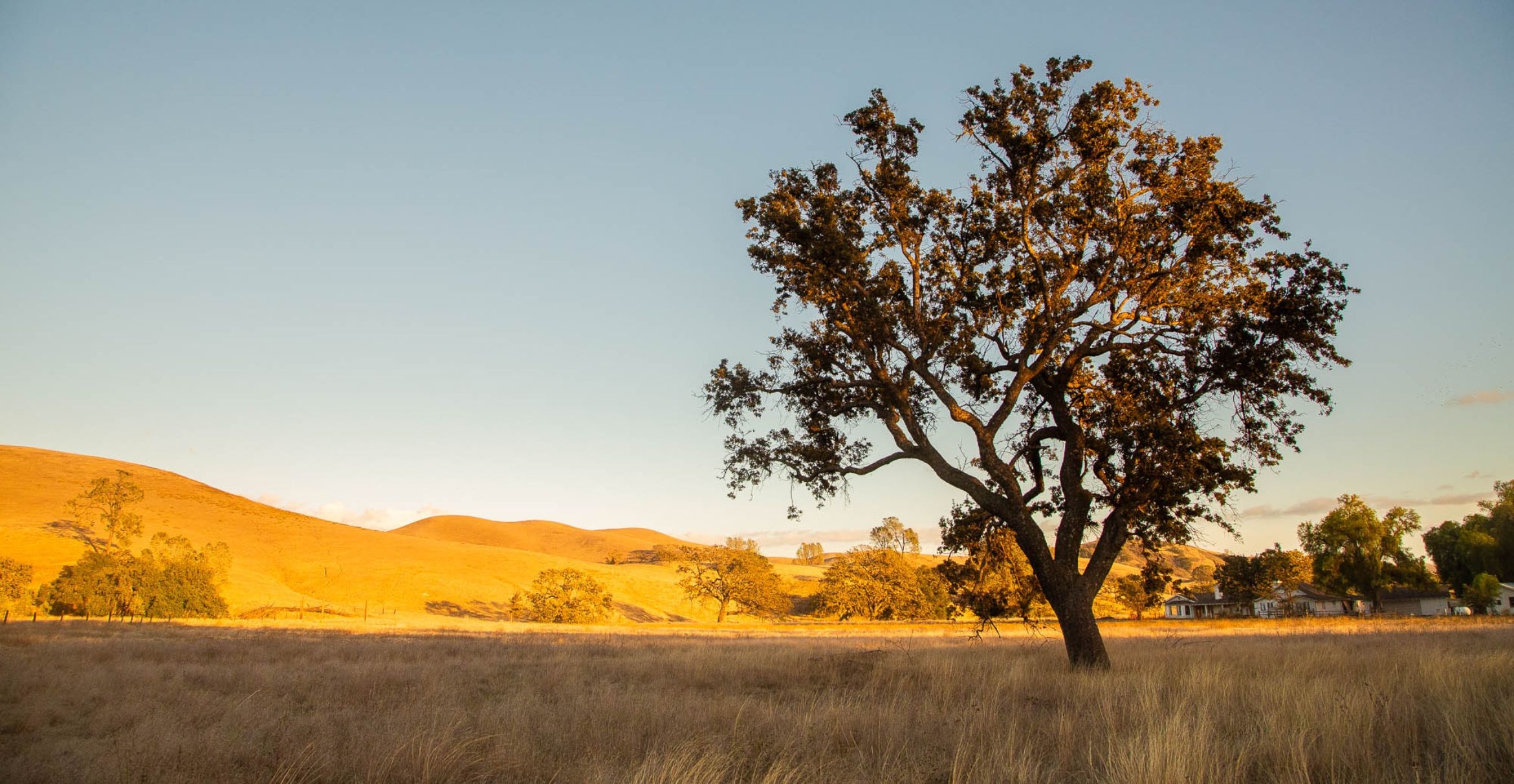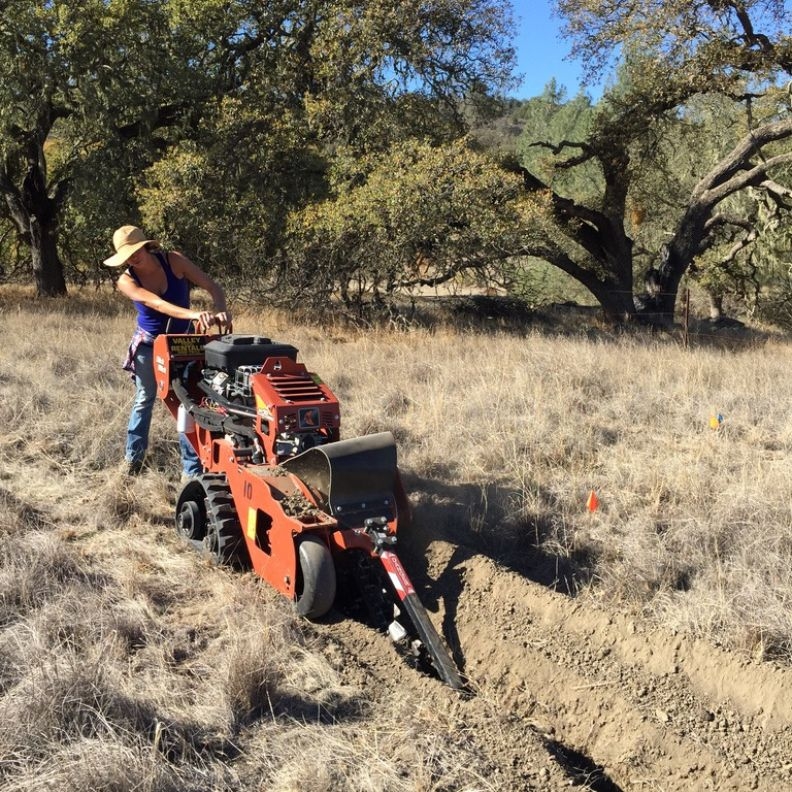
Scientific research is a collaborative process. Sometimes that looks like a lot of small contributions from a whole lot of researchers.
UC Santa Barbara’s Sedgwick Reserve was among 100 sites on six continents where 173 scientists conducted coordinated experiments to suss out the true effects of droughts on productivity in grasslands and shrublands around the world. Fieldwork at Sedgwick helped the researchers reveal that the impacts of extreme drought have been underestimated in these habitats.
The findings — published in the Proceedings of the National Academy of Sciences —quantify the impact of extreme, short-term drought on grassland and shrubland ecosystems across six continents with a level of detail that was not previously possible. It is the first time an experiment this extensive has been undertaken to generate a baseline understanding of the potential losses of plant productivity in these vital ecosystems. Additionally the experiment focused on extreme (as opposed to more run-of-the-mill) drought.
“We found that a single year of extreme drought can decrease vegetation productivity by almost 40% in grasslands and shrublands around the world,” said co-author Carla D'Antonio, an ecology professor at UC Santa Barbara. It’s an alarming result, since grasslands and shrublands cover nearly 40% of the Earth’s surface, she explained.
Professor Melinda Smith, at Colorado State University, led the study along with Kate Wilkins, the Regional Conservation Director for Colorado at the Denver Zoo. Smith said the observed reduction in a key carbon cycle process after a single 1-in-100-year drought event greatly exceeds previously reported losses for grasslands and shrublands.
“We were able to determine that the loss of aboveground plant growth — a key measure of ecosystem function — was 60% greater when short-term drought was extreme compared to the less severe droughts that have been more commonly experienced historically,” said Smith. “Past studies suffered from methodological differences when estimating the impacts of extreme drought in natural ecosystems, but our standardized, distributed approach here addressed that problem.”
The project also showcases the variability in drought response across grassland and shrubland ecosystems — offering both a review of the global impacts of climate change as well as a glimpse into which areas will be most stressed or most resilient in the coming years.
Gathering global drought data on grassland and shrubland ecosystems
Known as the International Drought Experiment (IDE), the newly published research originally dates back to 2013 as part of the National Science Foundation’s Drought-Net Research Coordination Network. UC Santa Barbara’s Sedgwick Reserve was one of those IDE sites.
D’Antonio and her lab built rain-out shelters — structures to artificially reduce rainfall in experimental plots — and trenched around the perimeter to stop water flow into the plots from surrounding areas. About half of the participating sites imposed extreme drought conditions with these structures, while the rest imposed less severe drought for comparison.
“Right away the extreme drought plots began to change,” D'Antonio said. “Native perennial grasses began to die and break apart into small clumps, and invasive grass productivity declined.” Shorter stature weeds proliferated, and plant productivity dropped by around 30%.
The results at Sedgwick were not quite as extreme as those at many other IDE sites, but contributed to the overall findings. Sedgwick sits in a transitional region between the wetter grasslands to the north and in the great plains, and the drier grasslands of the California interior that grade into desert. “Understanding how vegetation in a transitional site will shift, and how quickly that can happen, helps us evaluate how the underlying nature of a site will influence its future responses to climate change,” D'Antonio added.
As Earth’s climate continues to change, extreme short-term droughts will become more common. What were once considered 1-in-100-year droughts may now potentially happen every two to five years, said Smith. But because of the historic rarity of extreme droughts, researchers had been unable to estimate the actual magnitude of their ecological consequences.

Grasslands and shrublands were perfect test-areas to fill that research gap because they are easier to manipulate for study than other systems, such as forests. They also store more than 30% of the global stock of carbon and support key industries such as livestock production.
“They are key ecosystems that are scalable to the globe, which makes them highly relevant for this kind of work,” said Smith. “Grasslands and shrublands cover between 30% and 40% of the globe and frequently see deficits in precipitation. That means they are more vulnerable to climate change.”
Findings from the sites also provide insight into how specific climates, soil and vegetation types broadly influence drought response. While the work shows that drier and less diverse sites like those in Colorado are likely to be the most vulnerable to extremes, Smith said the severity of the drought was the most consistent and important factor in determining an ecosystem’s response.
“Our data suggests greater losses in drier sites, but if you are getting to the extremes — which is what is being forecasted — we can generally expect substantial losses no matter where you are in the world,” she said. “We also found that even moderate losses from less severe droughts would still likely result in large impacts to the populations that rely on these systems. And then there is a combined loss of function across the globe to consider as well.”
Smith’s team is currently examining data collected from the full four years of the project to now assess multiyear drought impacts globally. D'Antonio's team has also been evaluating how drought influences the success of grassland restoration efforts. They erected separate rain-out shelters over old fields dominated by invasive species at Sedgwick Reserve, while simultaneously trying to restore them with diverse native species, like California poppy. D'Antonio aims to understand how extreme drought can influence the balance between native foundational species versus non-native species. They plan to publish their results soon.
This story was adapted from a release by Joshua Rhoten, at Colorado State University.
Harrison Tasoff
Science Writer
(805) 893-7220
harrisontasoff@ucsb.edu




